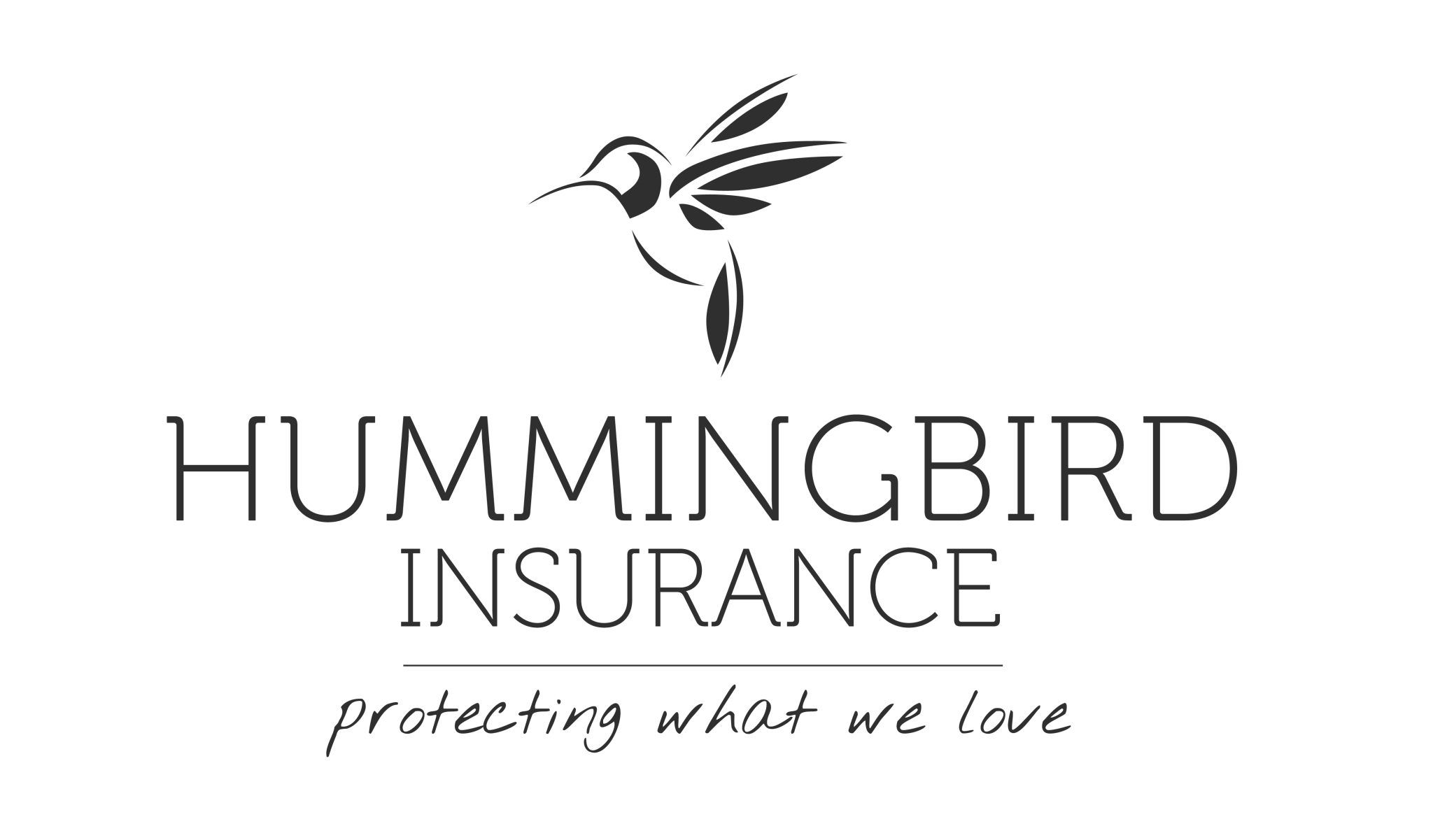
2026 Changes to the ACA Marketplace
What’s really happening and how it affects you
We’re almost there — 2026 ACA Marketplace plans and rates have been released. Premiums or net premiums paid by most people are increasing significantly given the current situation (see below / govt shutdown). That doesn’t mean things won’t eventually change for the better, but we need to plan on the current state of the health insurance landscape.
The Biggest Changes for 2026….
There’s been plenty of discussion about subsidies “going away,” and clients are messaging and calling me asking if Obamacare itself is being repealed, etc. Here’s what’s actually happening. The ACA/Obamacare/Marketplace is not going away, but there are some important changes incoming.
-
Expanded subsidies are likely to end. That means the subsidies available on the marketplace will go back to how they were before the 2021 ARPA legislation was passed. They’re not going away, but their eligibility is returning to the original Federal Poverty Line thresholds they were at prior to 2021. Families above the 400% FPL will (most likely) not be eligible for any subsidies and would need to pay full price for a marketplace plan. Income Thresholds Presented Here.
-
Payback limits are being removed. In the past, as long as you were under 400% of the FPL there was a cap on the amount of subsidy you could owe back for having a higher income than you guessed. That is going away, and it will instead be a dollar-to-dollar reconciliation. Meaning? If you paid $100/month less for your plan than you technically should have at your correct income, you pay back that $100 for each month you had the plan when you do your taxes. Of course if you actually earned less than you expected it means you overpaid for your insurance, and the IRS will instead credit that difference to your tax return.
-
Total payback for over 400% FPL. This means if you way overshoot your estimated income and land above the 400% threshold, the entire subsidy is owed back. Please work closely with me if you have an unpredictable income to make sure this doesn’t happen.
-
Shorter enrollment window. The enrollment deadline has been moved back to December 15, where it was before ARPA was enacted in 2021. If you want to make a plan change it must be done by then.
-
Minimum Contribution changes. The “minimum contribution” was a small percentage meant to indicate what a person should expect to contribute toward the total cost of their premium. On average this has only gone up 1% to 1.5% for those who will still qualify for coverage, so we don’t expect this to be a big inflater of premiums.
-
Expanded HSA access. The only good piece of news to come from most of this. Most bronze plans will be HSA-eligible now. In the past it had to specifically be an HSA-eligible bronze plan, which usually wasn’t allowed to give copays for things like doctor visits or medications. Now you can take advantage of those cost-control mechanisms with a regular bronze plan and still get a Health Savings Account.
Why are prices generally going up?
There’s been a lot of talk in the media about the average household’s costs rising 30%-40%. These numbers are a bit misleading. The true, unsubsidized cost of many plans is increasing. Some companies are only going up a few percent, some are going up as much as 40%. Combined with the potential loss of expanded subsidies, it does mean people will generally be paying more for whatever plan they are on. Basically we’re getting hit from two sides: receiving less subsidy, and the plan itself is more expensive.
The premiums you’ll see when you check your HealthSherpa portal or your insurance provider’s member portal are assuming the worst case scenario, that expanded subsidies will be going away. Most insurance companies have also submitted a second set of rates to the government in case expanded subsidies are continued into 2026. This is a very real possibility. All the same, we should plan and strategize for the worst. When we talk together we will look at other companies with lower rates, and take into consideration your providers, medications, etc.
What Should You Do Next?
If you want to keep your health insurance, the short answer is “nothing.” Like always most plans will auto-renew. If yours did not then you’ll be getting a message/call from me about it directly later in November. However, if any of the following applies to you then we need to have an appointment together:
-
You are on an AetnaCVSHealth plan. They are pulling out of the 2026 market, and anyone on an Aetna plan will need to select new insurance.
-
Your household income will be ABOVE the 400% FPL and will therefore lose subsidy eligibility. You can see income thresholds HERE.
-
You have recently or will soon be put on Medicaid.
If you are a Blue Cross NC member, you can check your new 2026 premium in their Member Portal. Premiums seen in the portal before November 1st may not be accurate. If the price hike is enough to make you want to shop around then book an appointment with me and we’ll do just that.
You may receive other communications from me and/or Hummingbird during the coming season. We try not to be spammy, but with all these changes we feel its important to reach out more than usual this year.
